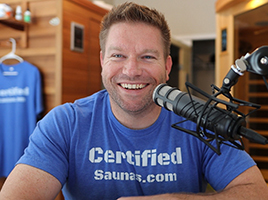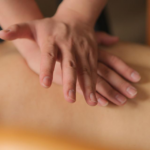If you’re a fitness enthusiast, you’ve probably heard of ‘contrast bath therapy’—it’s honestly kind of hard not to have, with all the paeans being sung for it!
The belief is that exposure to extremely hot and cold temperatures, in succession, has a range of health benefits to the human body, such as better circulation, reduced inflammation, and better post-workout recovery.
For those looking to enjoy the benefits of contrast bath therapy, sauna sessions and ice baths go hand in hand. But a question that beginners often face is whether to start with an ice bath and then head into the sauna or vice versa.
Here’s all you need to know about pre and post-sauna ice-bathing, as well as the benefits and possible drawbacks of ice baths.
The Benefits of Ice Baths
While there are not many studies to support it, the benefits of ice baths, also known as cold hydrotherapy or cold-water immersion (CWI), have been enjoyed for centuries, from ancient Greece’s Spartans to present day’s LeBron James.
Ice baths are beneficial in the following ways:
- Bettering the immune system
- Reducing stress
- Elevating your mood
- Effectively cooling down the body, especially after a workout
- Reducing pain and soreness in the muscles
- Better circulation
- Better post-workout circulation
Ice baths can be especially helpful in healing injuries, reducing any swelling and inflammation that occurs.
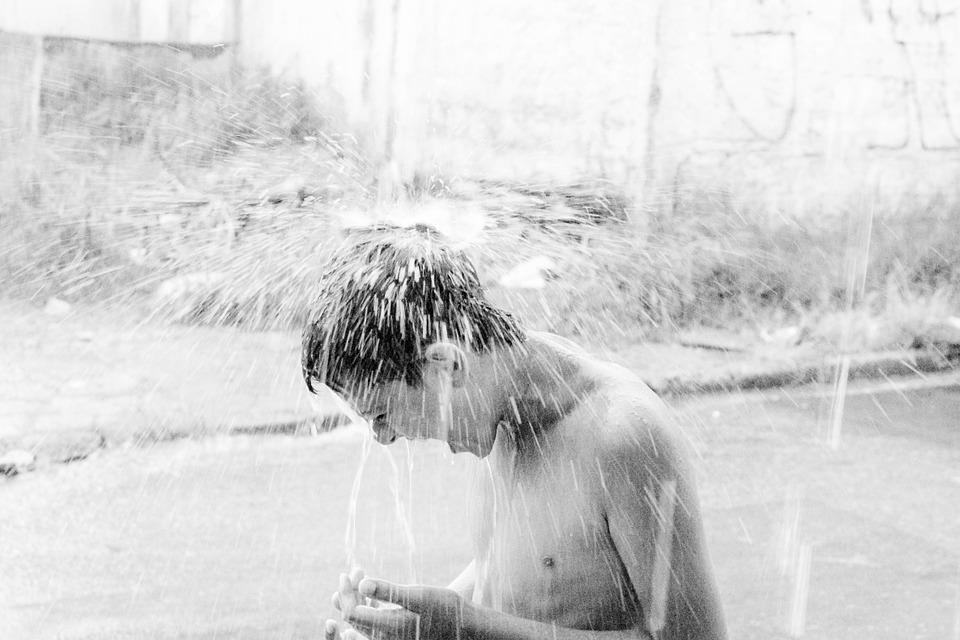
Some folks also swear by jumping into a cold bath first thing in the morning, claiming that the shock keeps them in an attentive and vigilant state for the remainder of the day.
The Benefits of Sauna Bathing
Adding a sauna session into your fitness routine, or even just your daily routine, can have a range of benefits. Believed to have originated in Finland, saunas have been around for over 2,000 years now, and today, we have traditional saunas and modern infrared saunas.

A few of the health benefits that saunas can give you include:
- Reducing blood pressure
- Improving cardiovascular health
- Faster healing and recovery
- Pain relief in the muscles and joints
- Detoxification
- Better endurance and aerobic capacities
Ice Baths: Before vs After Sauna
Saunas and ice baths are extremely beneficial in their individual capacities, and together, the benefits are even more amplified.
But is it more beneficial to use the sauna before an ice bath or after?
Well, it turns out that taking the plunge into an ice bath after a hot, sweaty sauna session has the maximum benefits.
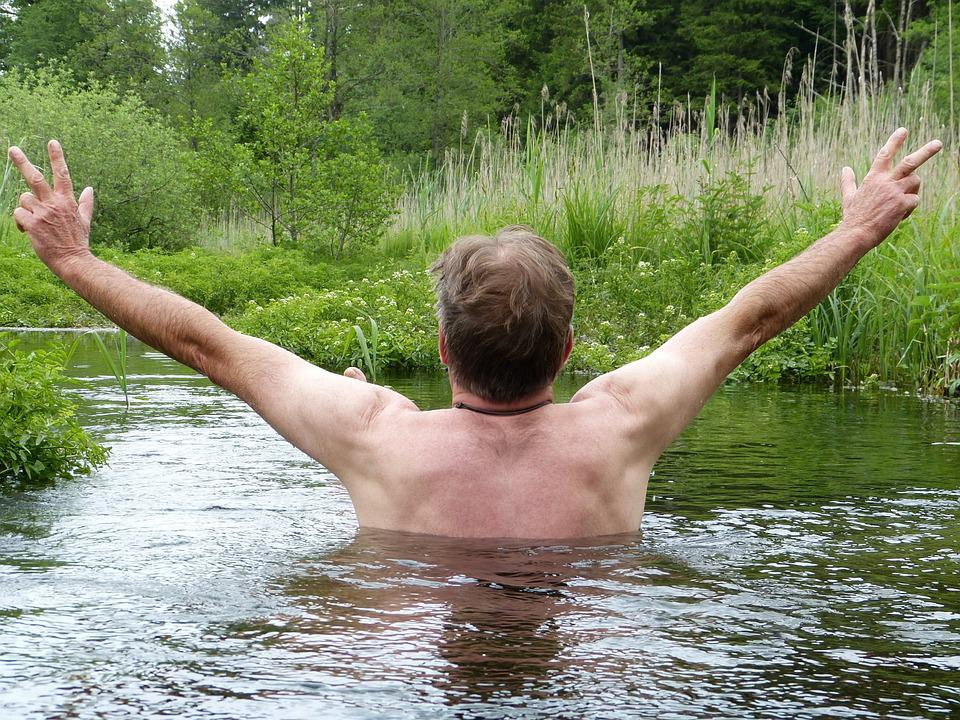
A sauna session is akin to doing 30 minutes of low-impact exercise, raising the heart rate and instigating the release of heat-shock proteins. This increased heat stress on the body raises its temperature and expands the blood vessels.
When followed by an ice bath, the blood vessels are constricted, inflammation is reduced, and cellular functions are also slowed down. Your body cools down and comes back to rest after the sauna session.
This makes an ice bath after a sauna one of the best ways to maximize the body’s stress response and post-workout recovery.
Alternating between the sauna and an ice bath (known as the Nordic Cycle) is also a great way to reduce pain. Subjecting your body to intense temperatures, as you do in the sauna, causes stress to the body, which makes it more alert and increases the pain threshold. An ice bath reverses these effects.
This alternating is also a good way to teach the body to adapt to stressful situations.
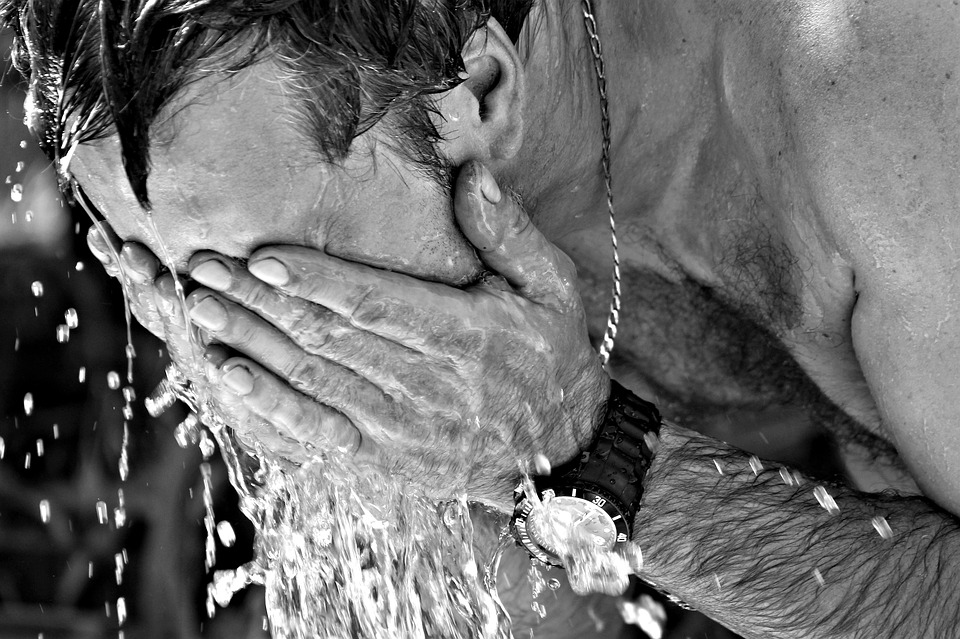
Many people also love the sauna-ice bath routine for the adrenaline rush it gives them and the resulting good mood from the endorphin release. This, in addition to reducing the soreness in muscles, also aids in better skin health.
How to Safely Follow the Cold Plunge Routine
The Nordic Cycle mentioned before, also known as the sauna cold plunge routine, should be practiced safely. If you’re a beginner, the following guidelines will help you out:
-
Start by sauna-bathing for 15 minutes at a minimum temperature of 125℉. For higher temperatures, an infrared sauna or a traditional sauna is more effective than steam rooms, as they simply don’t reach the desired heat levels.
-
Immediately follow up your sauna session with a cold bath, with the water temperature at around 50℉. Stay in the water for a minimum of 5-30 seconds and a maximum of 2 minutes.
- Repeat the cycle of sauna and ice baths thrice, so that you’re doing three sauna sessions and three ice baths alternatingly.
A Nordic Cycle creates a ‘fight or flight’ response in the body, causing constriction in the blood vessels and a healthy increase in the blood pressure, making the body alert and ready to defend itself, if needed.

Once you’ve done a few Nordic Cycle sessions, you can eventually work your way up to 10 minutes in the ice bath—of course, only provided that your body supports it.
Even for advanced practitioners, the maximum amount of time that should be spent in a cold bath is 15 minutes. Beyond this, the body shuts down in hypothermic response, causing serious and possibly lasting damage to your health.
Using the Shower for the Nordic Cycle
You can also practice the Nordic Cycle without the sauna or a cold bath—you can simply use the shower!
Start with a minimum of 30 seconds and a maximum of 8 minutes under cold water, and then switch to a hotter temperature for the same duration. Complete three cycles of this.
However, showers aren’t as effective as the sauna-cold bath combo, as it’s possible to subconsciously inch away from the cold water, leaving some parts of the body unexposed to the water. In a tub or bath, this isn’t possible.
Are There Any Risks to Cold Plunges/Baths?
Though cold plunges/baths are supremely beneficial mentally and physically, when done right, there are a few risk factors to keep in mind.
Those who have respiratory or cardiac issues, high blood pressure, and lung issues should avoid ice baths as these could send the body into detrimental shock, leading to a possibly fatal result.
Similarly, those who are pregnant should also avoid cold baths.
If you suffer from any of these conditions or have any other underlying conditions but want to give ice baths a try, always consult your doctor before giving them a try.
Additionally, don’t take a cold plunge directly after your workout; instead, cold plunges are best done on your rest day.

Lastly, as mentioned before, spending longer in the ice bath than your body can handle (and 15 minutes, as a rule) can have serious adverse effects, so always limit your time in an ice bath.
In Conclusion
Using a sauna and ice bath together has found many takers in the wellness and fitness circles and it isn’t hard to see why. Many call this a game-changer, with improvements seen in many aspects of their health after consistently practicing contrast therapy.
If your main aim is post-workout recovery, a sauna session after your workout is beneficial, as a cold bath will impede many of your workout session gains and even slow down muscle growth and adaptation for as long as 48 hours after the bath.
So, while cold therapy is a great stimulant, it’s not recommended for recovery, as muscles need to relax to recover and heat therapy encourages healing and adaptation in the body.
